Home>Maintenance & Safety>Child & Elderly Safety at Home>What Does A Baby Monitor Do
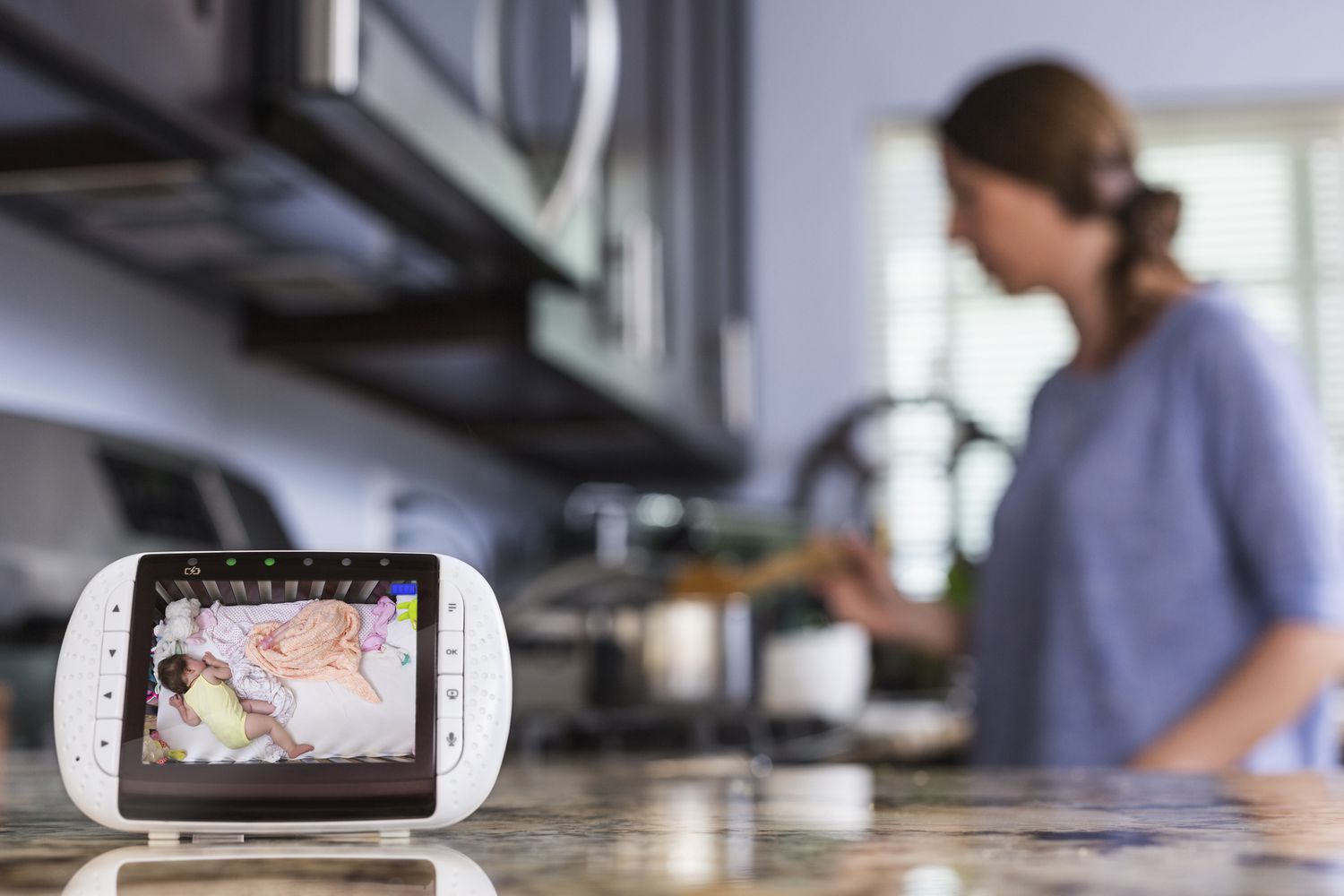

Child & Elderly Safety at Home
What Does A Baby Monitor Do
Modified: January 14, 2024
Learn how a baby monitor enhances child and elderly safety at home. Discover the features and benefits of using a baby monitor for peace of mind.
(Many of the links in this article redirect to a specific reviewed product. Your purchase of these products through affiliate links helps to generate commission for Storables.com, at no extra cost. Learn more)
Introduction
Welcoming a new addition to the family is an incredibly joyous occasion, but it also comes with the responsibility of ensuring the safety and well-being of the little one. This is where a baby monitor becomes an invaluable tool for parents and caregivers. A baby monitor, also known as a baby alarm, is a technological marvel designed to provide continuous audio and video surveillance of infants and young children. This device offers peace of mind by allowing parents to keep a close watch over their little ones, even when they are in a different room. In this comprehensive guide, we will delve into the workings, types, features, benefits, and safety considerations associated with baby monitors. Whether you are a new parent, a grandparent, or a caregiver, understanding the ins and outs of baby monitors is crucial for creating a safe and secure environment for the little bundles of joy. Let's explore the fascinating world of baby monitors and discover how they contribute to enhancing child safety and parental reassurance.
Key Takeaways:
- Stay connected and reassured with a baby monitor, which provides continuous audio and video surveillance of infants, allowing parents to respond promptly to their needs and create a secure environment.
- Choose the right baby monitor for your needs, whether it’s traditional audio, advanced smart, or wearable monitors, to ensure flexibility, peace of mind, and early intervention for the baby’s well-being.
Read more: What Does Toco Mean On A Baby Monitor
How Does a Baby Monitor Work?
A baby monitor operates on a simple yet sophisticated principle, allowing caregivers to keep a watchful eye and ear on their little ones from a distance. The basic components of a baby monitor include a transmitter, receiver, camera (for video monitors), and microphone. When the baby makes a sound or movement, the microphone in the baby unit picks up the noise and transmits the audio to the parent unit via radio waves. This enables parents to hear any sounds coming from the baby’s room in real time. Video monitors, in addition to the audio function, utilize a camera to capture live footage of the baby’s activities, which is then transmitted to the parent unit’s display screen.
Modern baby monitors often come equipped with digital technology, ensuring secure and interference-free transmission of audio and video signals. Some advanced models also offer features such as two-way audio communication, temperature sensors, night vision, and lullabies to soothe the baby. The parent unit, which receives the signals from the baby unit, may have a built-in speaker for audio monitoring and a screen for displaying live video feed in the case of video monitors. Many baby monitors also have the ability to connect to smartphones or tablets, enabling remote monitoring via dedicated apps.
It’s important to note that baby monitors operate on specific frequency bands, and it’s essential to choose a model that uses a secure and private frequency to prevent interference from other electronic devices. Understanding the functionality of a baby monitor is crucial for harnessing its capabilities to ensure the safety and well-being of the baby while providing peace of mind to caregivers.
Types of Baby Monitors
Baby monitors come in various types, each catering to different preferences and needs of caregivers. Understanding the distinctions between these types can help parents and caregivers make an informed decision when selecting the most suitable baby monitor for their specific requirements.
Audio Baby Monitors: These traditional monitors are designed to transmit sound from the baby’s room to the parent unit. They are equipped with a microphone in the baby unit and a speaker in the parent unit, allowing caregivers to listen to the baby’s sounds and movements. Audio baby monitors are simple to use and are often the most affordable option.
Video Baby Monitors: Video monitors provide both visual and audio surveillance of the baby. They feature a camera in the baby unit, which captures live video footage and transmits it to the parent unit’s display screen. This type of monitor offers the added reassurance of being able to see the baby, especially during nap times or at night.
Movement Monitors: These monitors are equipped with sensor pads that are placed under the baby’s mattress to detect movement. If no movement is detected for a specified period, an alarm is triggered, alerting caregivers. Movement monitors are particularly useful for newborns and infants, providing an extra layer of safety by monitoring the baby’s breathing and movements during sleep.
Smart Baby Monitors: Smart monitors integrate advanced technology, allowing caregivers to connect to the monitor via Wi-Fi and access live audio and video feeds through smartphone apps. They often include features such as remote pan and tilt, temperature sensors, two-way communication, and the ability to play lullabies or white noise.
Wearable Baby Monitors: These innovative monitors are designed as wearable devices that attach to the baby’s clothing or diaper. They track the baby’s vital signs, including heart rate, breathing patterns, and body temperature, providing real-time data to caregivers via a smartphone app. Wearable monitors offer a comprehensive insight into the baby’s well-being, making them popular among parents who seek continuous health monitoring.
Each type of baby monitor offers unique functionalities and benefits, catering to the diverse needs and preferences of caregivers. When choosing a baby monitor, it’s important to consider factors such as range, battery life, signal security, and additional features to ensure the best possible monitoring experience.
Features of Baby Monitors
Baby monitors come equipped with a range of features designed to enhance the monitoring experience and provide caregivers with comprehensive insights into the baby’s well-being. Understanding these features can help parents and caregivers select a baby monitor that aligns with their specific needs and preferences.
Two-Way Audio: Many modern baby monitors offer two-way audio communication, allowing caregivers to speak to the baby from the parent unit. This feature enables soothing reassurance and the ability to comfort the baby without physically being in the room.
Remote Pan and Tilt: Video baby monitors often include remote control of the camera, allowing caregivers to adjust the camera’s position to get a better view of the baby’s activities. This feature is particularly useful for monitoring a larger area within the baby’s room.
Temperature Sensors: Some baby monitors are equipped with temperature sensors to monitor the ambient temperature in the baby’s room. This feature helps caregivers ensure that the room is at an optimal temperature for the baby’s comfort and safety.
Night Vision: Video monitors with night vision capability provide clear visibility of the baby even in low-light or dark conditions. This feature is essential for monitoring the baby during nighttime sleep without disturbing their rest.
Mobile App Connectivity: Smart baby monitors offer the convenience of connecting to smartphones or tablets via dedicated apps. Caregivers can access live audio and video feeds, receive alerts, and control monitor settings remotely, providing flexibility and peace of mind, especially when away from home.
Lullabies and White Noise: Some baby monitors feature built-in lullabies or white noise options to help soothe the baby to sleep. Caregivers can remotely activate these calming sounds to create a peaceful sleep environment for the baby.
Sound and Motion Alerts: Baby monitors often include customizable sound and motion alerts that notify caregivers when the baby makes a sound or movement. These alerts ensure that caregivers can respond promptly to the baby’s needs, even when they are occupied with other tasks.
By understanding the diverse features offered by baby monitors, caregivers can make informed decisions when selecting a monitor that best suits their lifestyle and caregiving requirements. These features contribute to creating a secure and nurturing environment for the baby while providing caregivers with the reassurance and flexibility they need to monitor their little ones effectively.
A baby monitor allows you to hear and sometimes see your baby from another room. It helps you keep an eye on your baby while they sleep, giving you peace of mind.
Benefits of Using a Baby Monitor
Using a baby monitor offers a myriad of advantages for parents and caregivers, contributing to the safety, well-being, and peace of mind of both the baby and the caregivers. Understanding the benefits of a baby monitor can help caregivers harness its full potential in creating a secure and nurturing environment for the little one.
Continuous Monitoring: A baby monitor provides caregivers with the ability to continuously monitor the baby’s sounds, movements, and activities, offering reassurance and alerting caregivers to any potential needs or concerns.
Peace of Mind: Baby monitors provide parents and caregivers with peace of mind, allowing them to engage in other activities while still keeping a close watch over the baby. This reassurance is especially valuable during nap times and at night.
Early Intervention: Baby monitors enable caregivers to respond promptly to the baby’s needs, whether it’s comforting them when they wake up, attending to their hunger, or providing assistance if they are in distress. This early intervention supports the baby’s well-being and comfort.
Flexibility: With the use of baby monitors, caregivers have the flexibility to move around the house or engage in tasks outside the baby’s room while staying connected to the baby’s activities. This flexibility is particularly beneficial for multitasking parents and caregivers.
Sleep Monitoring: Baby monitors, especially those with video capabilities, allow caregivers to monitor the baby’s sleep patterns and behaviors, providing insights into their restfulness and enabling adjustments to the sleep environment if necessary.
Parental Reassurance: Baby monitors offer parents and caregivers the reassurance that they can respond promptly to the baby’s needs, even when they are not physically present in the room. This contributes to a sense of parental confidence and attentiveness.
Peaceful Sleep Environment: By using features such as lullabies and white noise, baby monitors help create a peaceful sleep environment for the baby, promoting relaxation and healthy sleep patterns.
Security and Safety: Baby monitors enhance the overall security and safety of the baby by providing caregivers with real-time insights into the baby’s well-being, ensuring that they are protected and cared for at all times.
By leveraging the benefits of a baby monitor, caregivers can cultivate a nurturing and responsive caregiving environment, promoting the well-being and safety of the baby while offering peace of mind to parents and caregivers alike.
Read more: What Does “LL” Mean On A Baby Monitor
Safety Considerations for Baby Monitors
While baby monitors are invaluable tools for caregivers, it’s essential to prioritize safety considerations to ensure their optimal and secure usage. By adhering to safety guidelines, parents and caregivers can harness the benefits of baby monitors while mitigating potential risks.
Secure Placement: When setting up a baby monitor, it’s crucial to ensure that all components, including cords and wires, are placed out of the baby’s reach to prevent any potential hazards or entanglement.
Secure Frequency: Opt for a baby monitor with a secure and private frequency to prevent interference from other electronic devices, ensuring clear and uninterrupted monitoring of the baby’s activities.
Regular Maintenance: Periodically inspect the baby monitor for any signs of wear, tear, or damage. Ensure that all components are functioning properly, and replace any worn-out parts to maintain the monitor’s reliability and safety.
Safe Distance: Position the baby monitor’s transmitter unit at a safe distance from the baby’s crib to prevent any potential contact or entanglement. This ensures that the baby’s movement is not restricted or compromised by the monitor’s placement.
Privacy and Security: If using a smart baby monitor with connectivity features, prioritize privacy and security by implementing strong passwords and keeping the monitor’s software up to date. This prevents unauthorized access and safeguards the integrity of the monitoring system.
Safe Cord Management: For monitors with power cords or charging cables, practice safe cord management to prevent tripping hazards and ensure that cords are kept away from the baby’s crib and play area.
Supervision: While baby monitors provide continuous surveillance, they are not a substitute for direct supervision. It’s important for caregivers to periodically visually check on the baby, especially during sleep, to ensure their safety and well-being.
Electromagnetic Interference: Be mindful of potential sources of electromagnetic interference, such as microwave ovens or cordless phones, which can disrupt the signal transmission of the baby monitor. Position the monitor away from such devices to maintain a clear and stable connection.
By prioritizing these safety considerations, caregivers can optimize the usage of baby monitors while creating a secure and nurturing environment for the baby. Safety-conscious practices contribute to the effective and reliable functionality of baby monitors, ensuring the well-being and peace of mind of both the baby and the caregivers.
Conclusion
As we conclude our exploration of baby monitors, it’s evident that these ingenious devices play a pivotal role in enhancing child safety and parental reassurance. From the traditional audio monitors to the advanced smart monitors, each type offers unique features and benefits tailored to the diverse needs of caregivers. The seamless integration of technology and caregiving has revolutionized the way parents and caregivers can monitor and nurture their little ones, fostering a secure and responsive environment for the baby’s well-being.
By understanding the workings, types, features, and safety considerations associated with baby monitors, caregivers can make informed decisions when selecting a monitor that aligns with their lifestyle and caregiving requirements. The continuous monitoring, peace of mind, early intervention, and flexibility offered by baby monitors empower caregivers to provide attentive and nurturing care to the baby, even when they are engaged in other activities.
It’s crucial to recognize that while baby monitors are invaluable tools, safety considerations should always be a top priority. By adhering to safety guidelines and best practices, caregivers can ensure the optimal and secure usage of baby monitors, mitigating potential risks and prioritizing the baby’s safety at all times.
Ultimately, the benefits of using a baby monitor extend far beyond surveillance; they encompass the creation of a nurturing and responsive caregiving environment, promoting the well-being, safety, and peace of mind of both the baby and the caregivers. As technology continues to evolve, baby monitors will undoubtedly remain an essential ally in the journey of parenthood, providing invaluable support and reassurance to caregivers as they nurture and cherish their little ones.
With a deep understanding of baby monitors and a commitment to safety, caregivers can confidently embrace the invaluable assistance that these devices offer, fostering a harmonious blend of technology and caregiving in the beautiful journey of parenting.
Frequently Asked Questions about What Does A Baby Monitor Do
Was this page helpful?
At Storables.com, we guarantee accurate and reliable information. Our content, validated by Expert Board Contributors, is crafted following stringent Editorial Policies. We're committed to providing you with well-researched, expert-backed insights for all your informational needs.

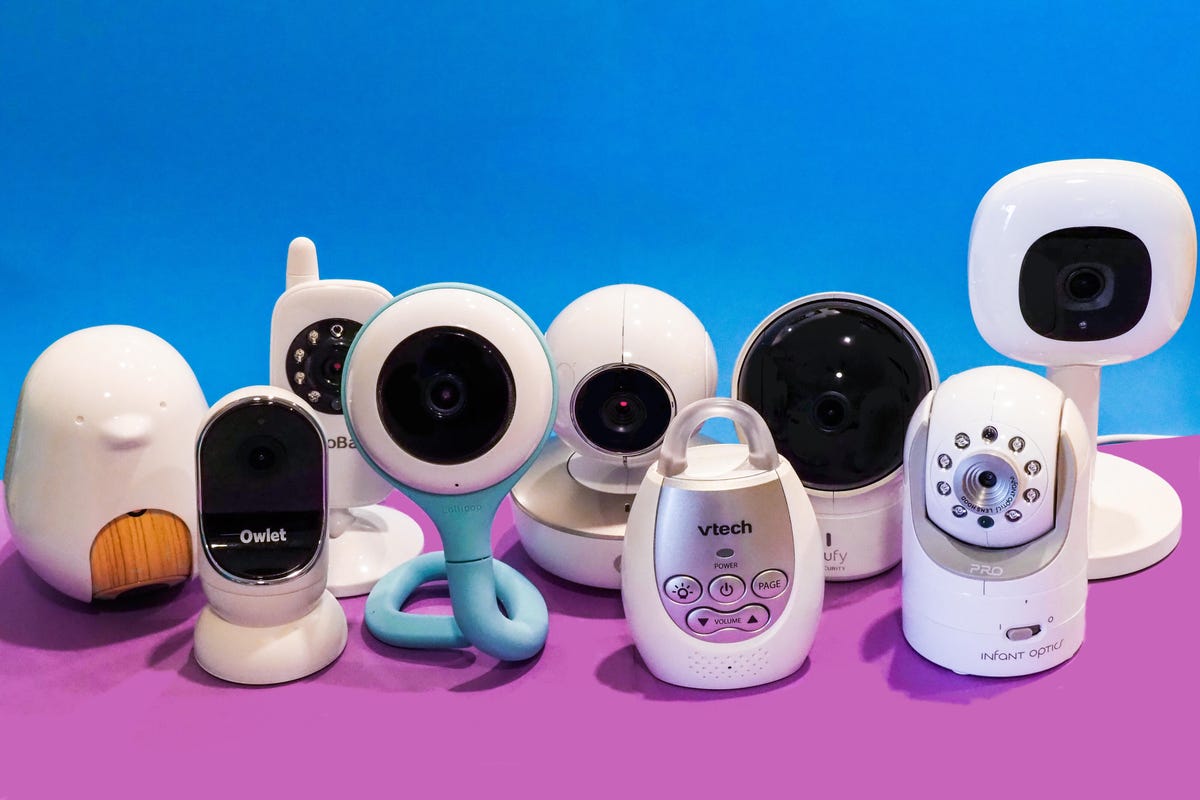
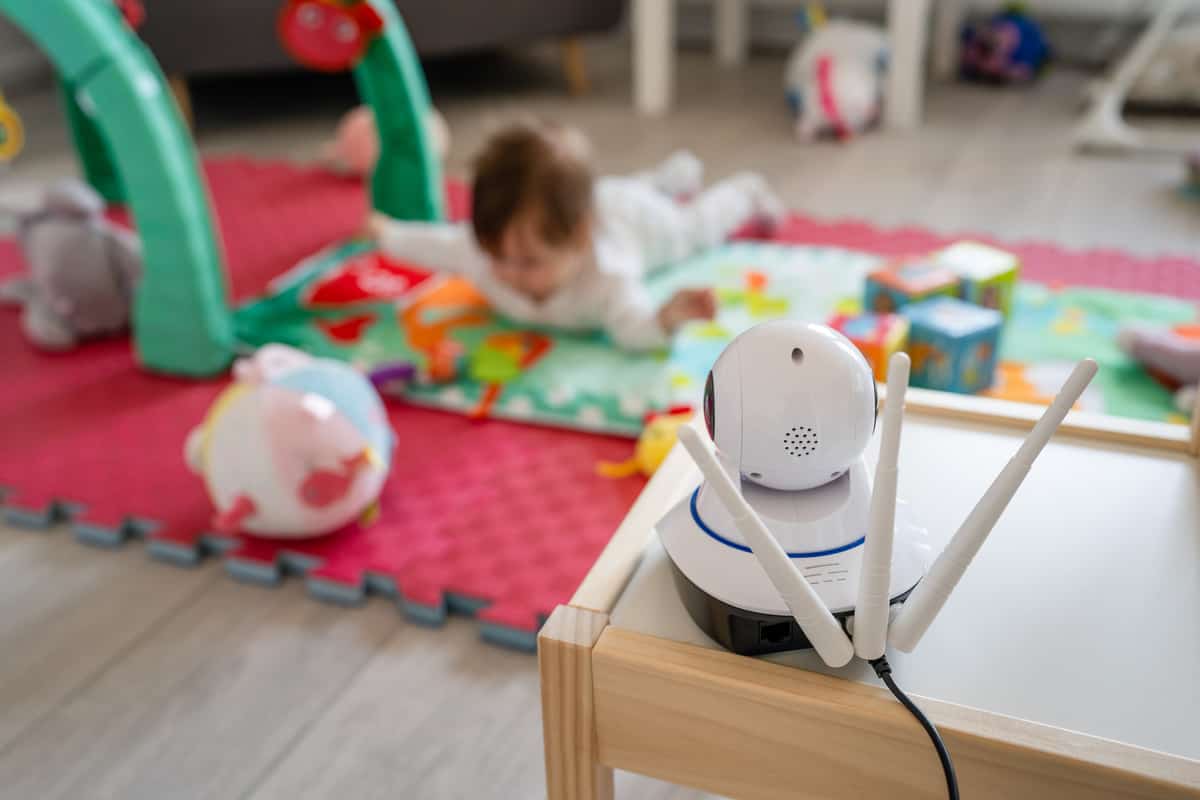
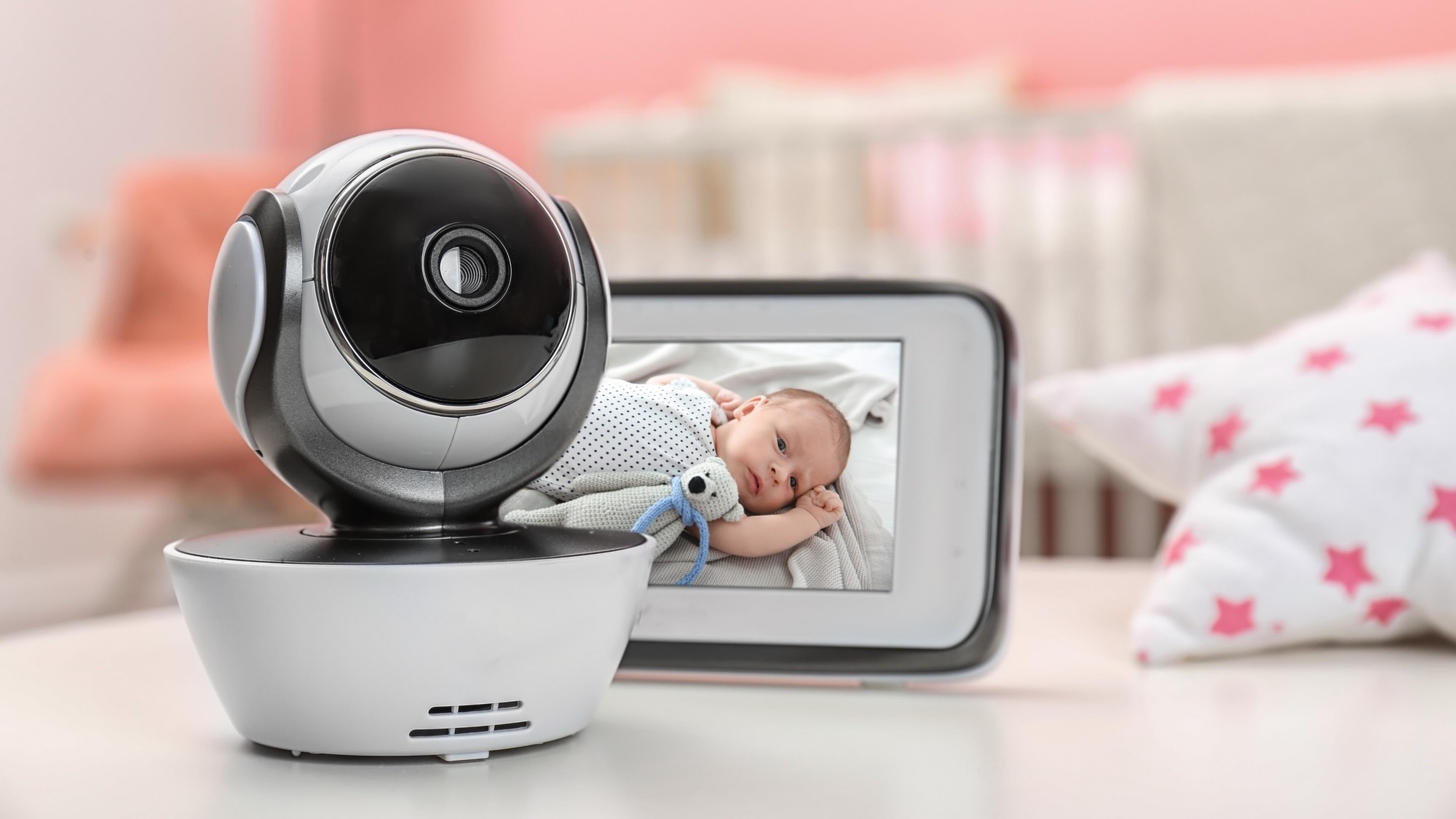
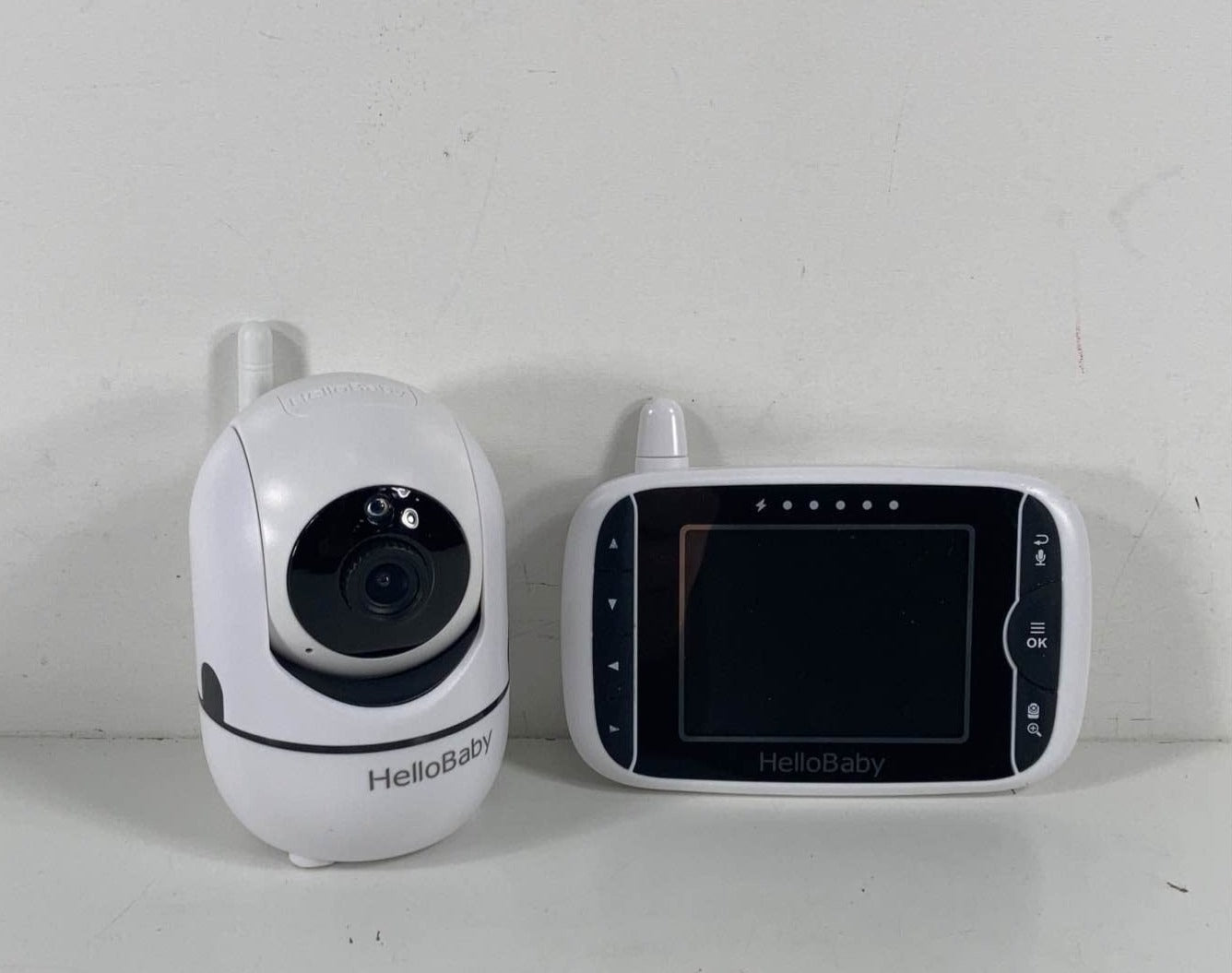
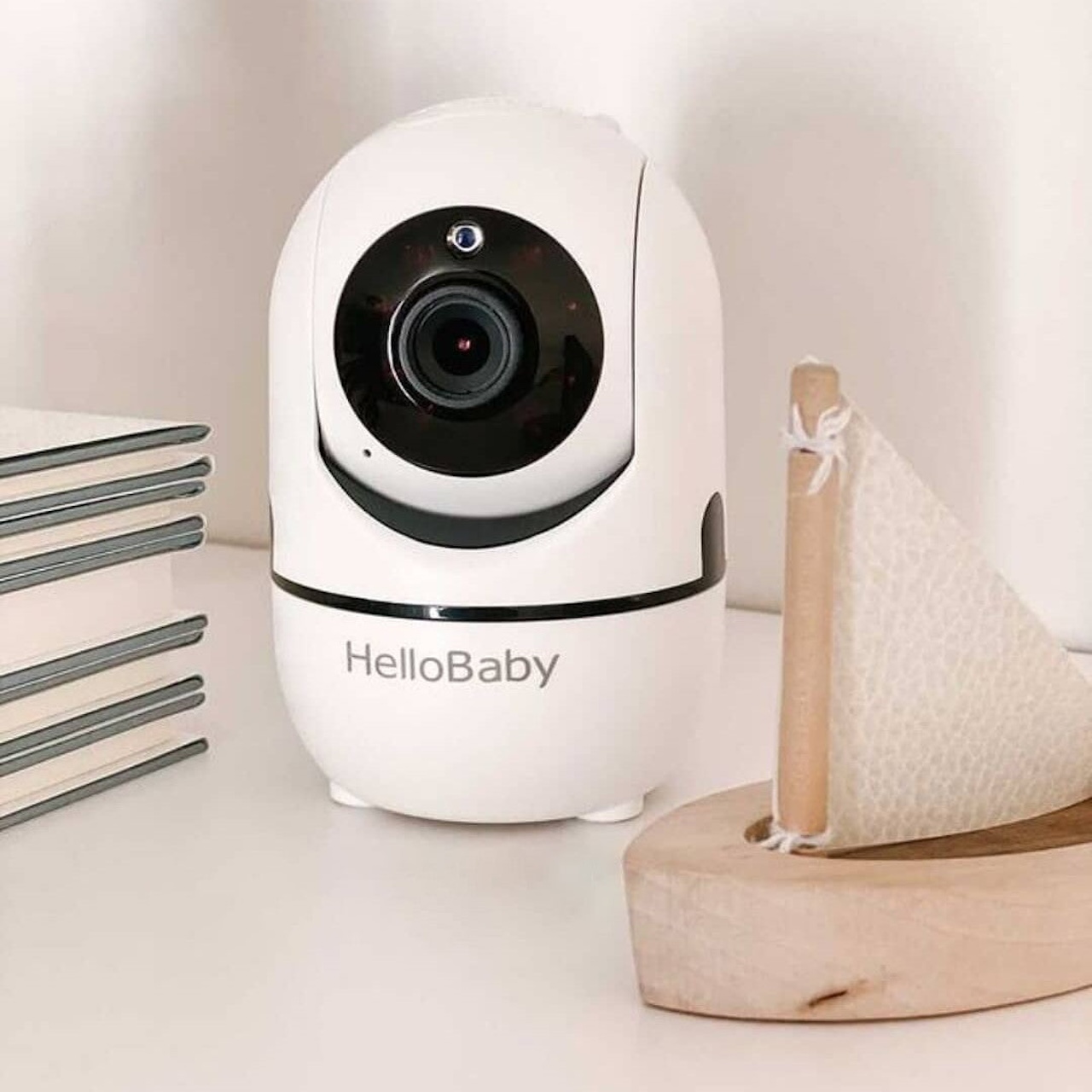
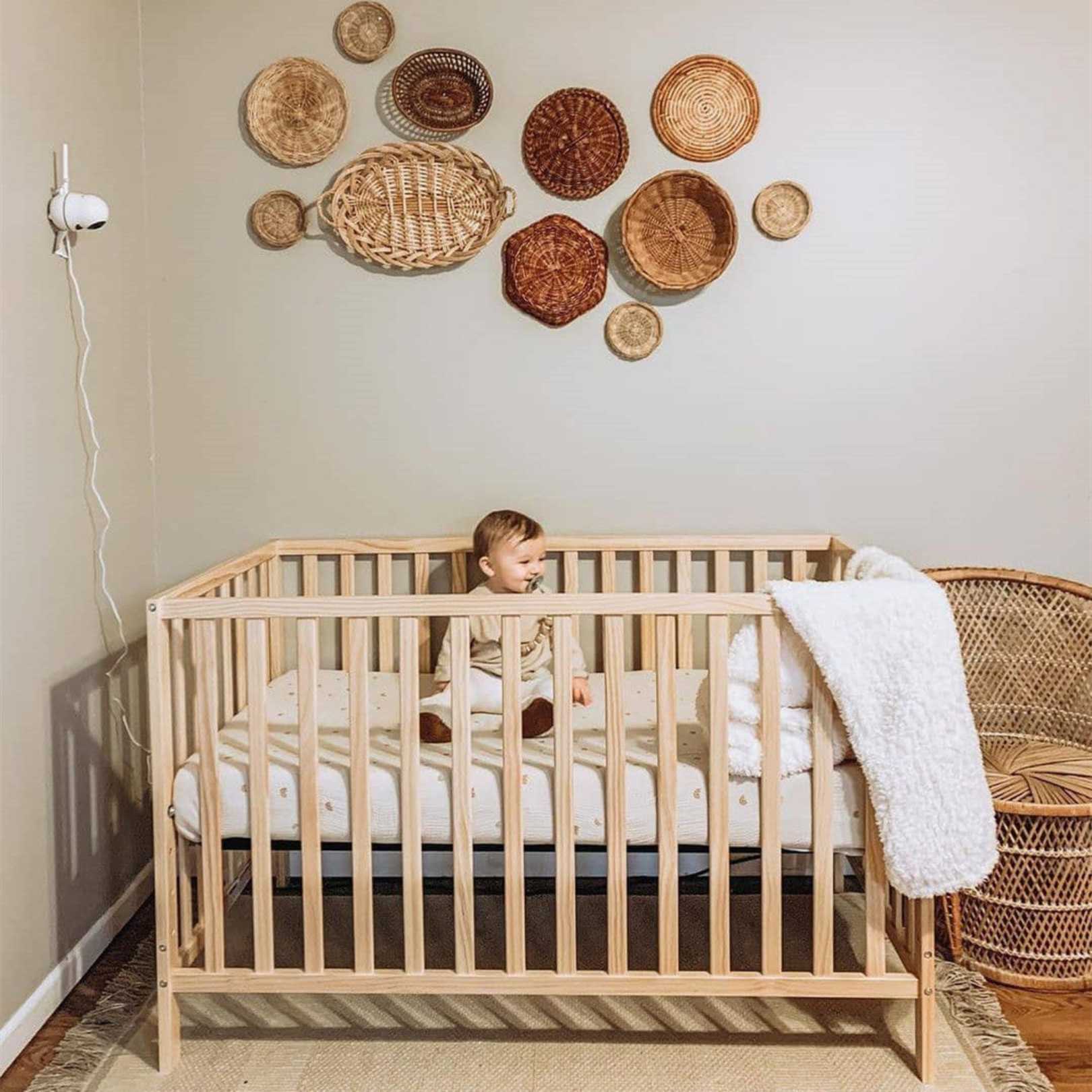
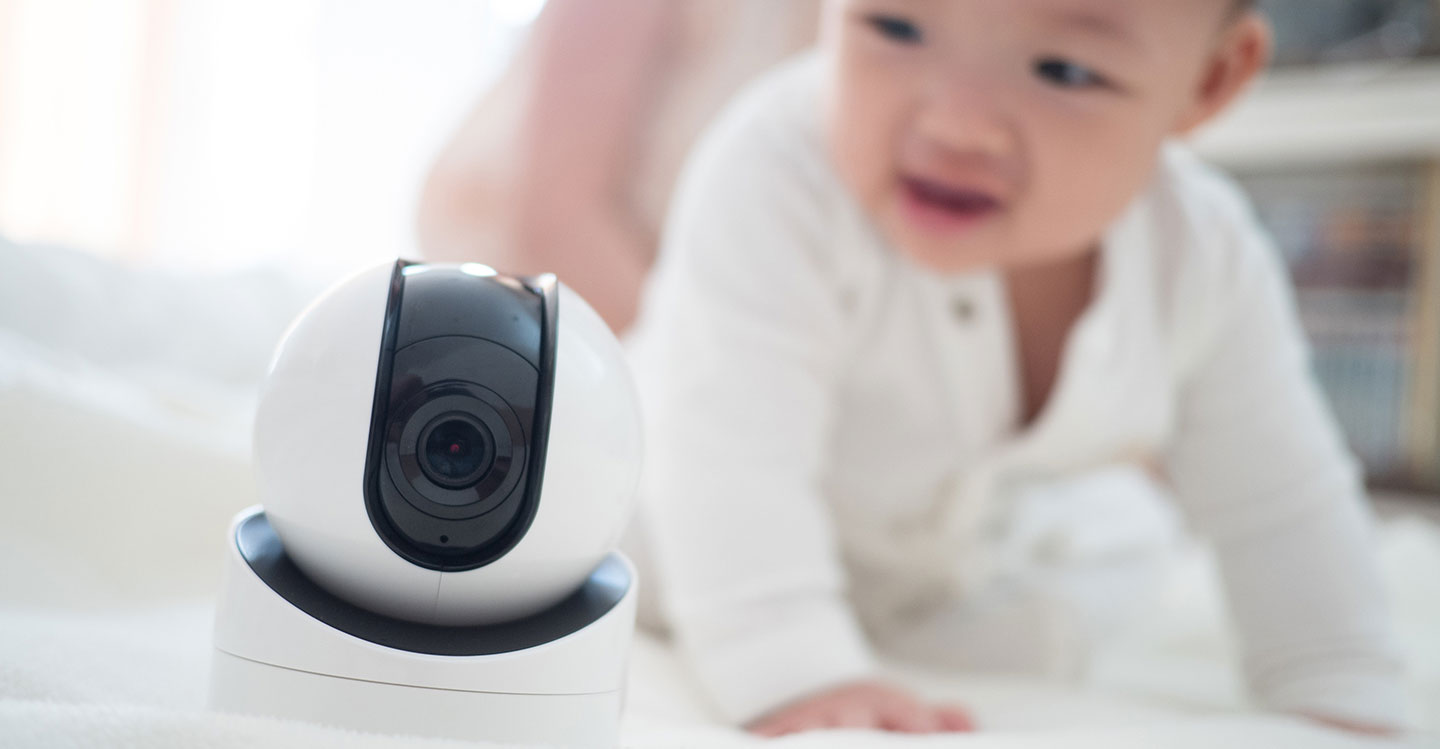
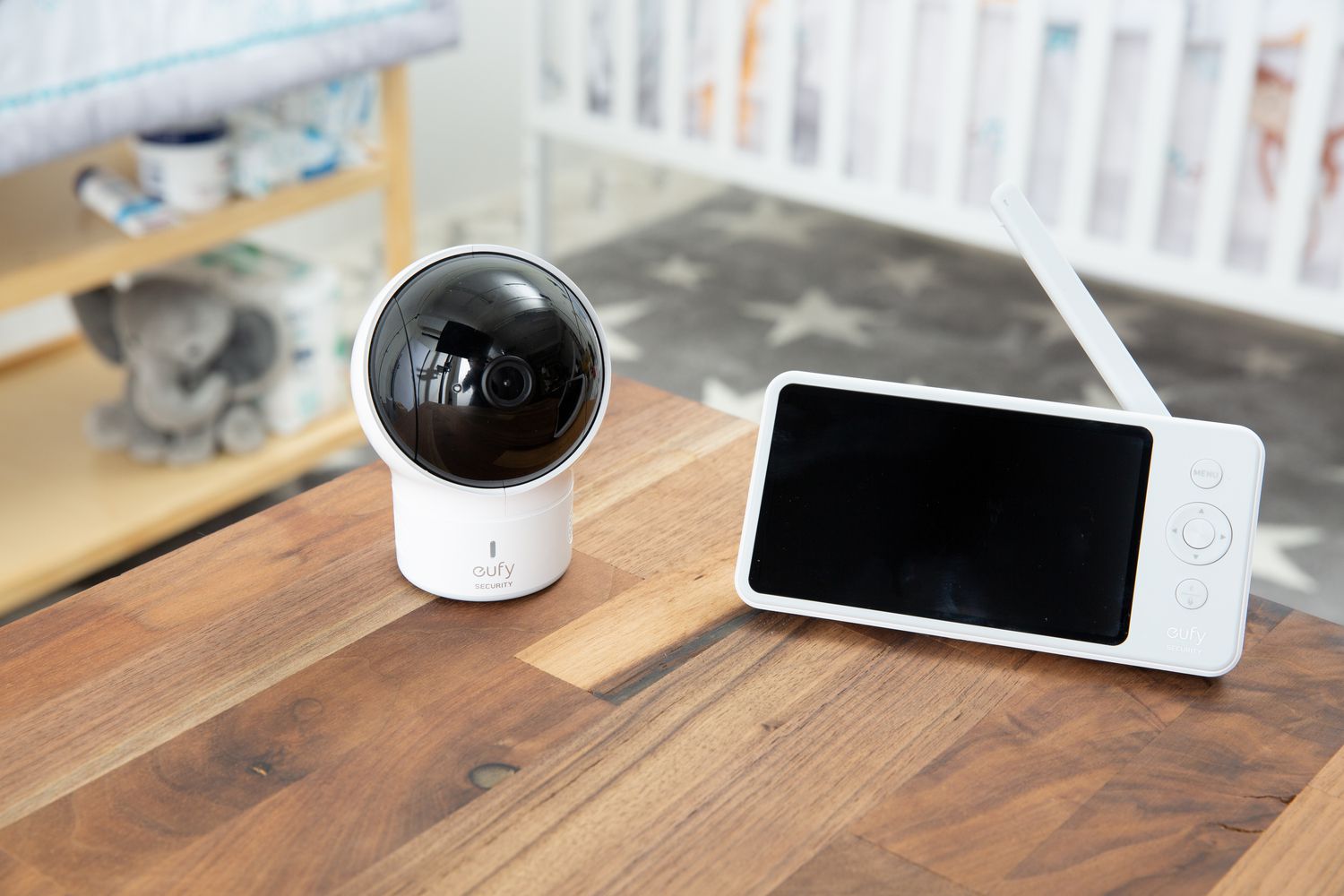
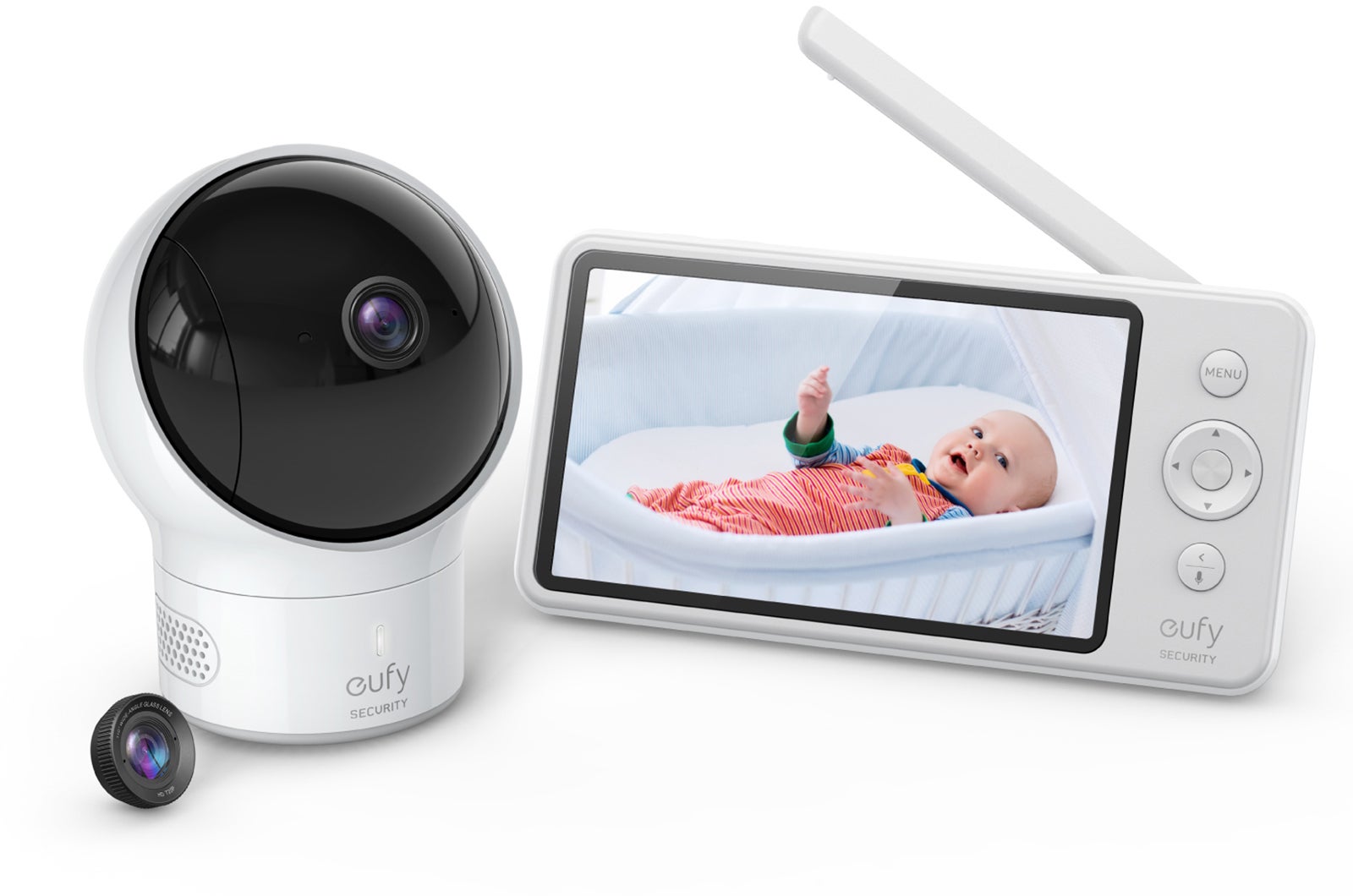
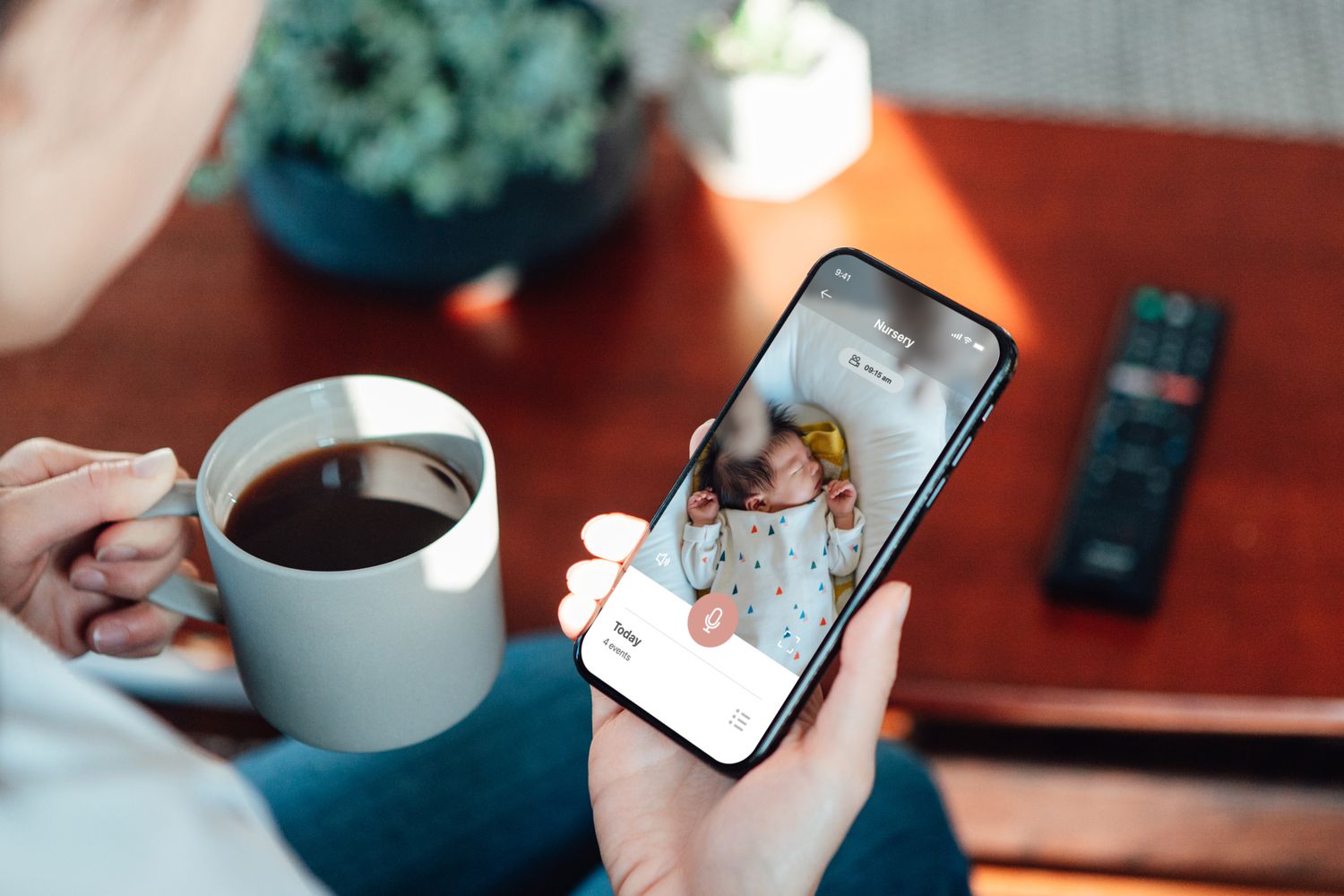
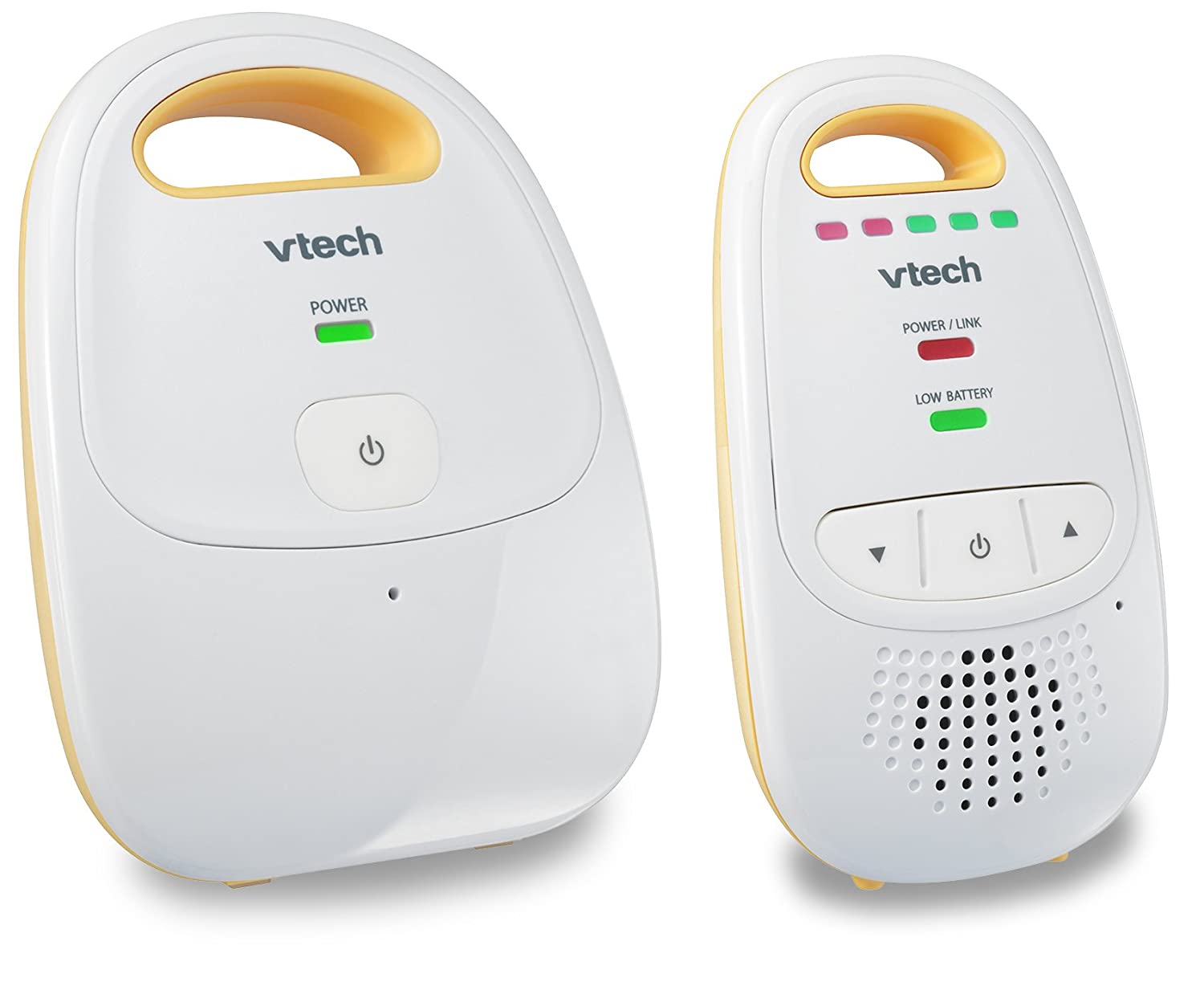
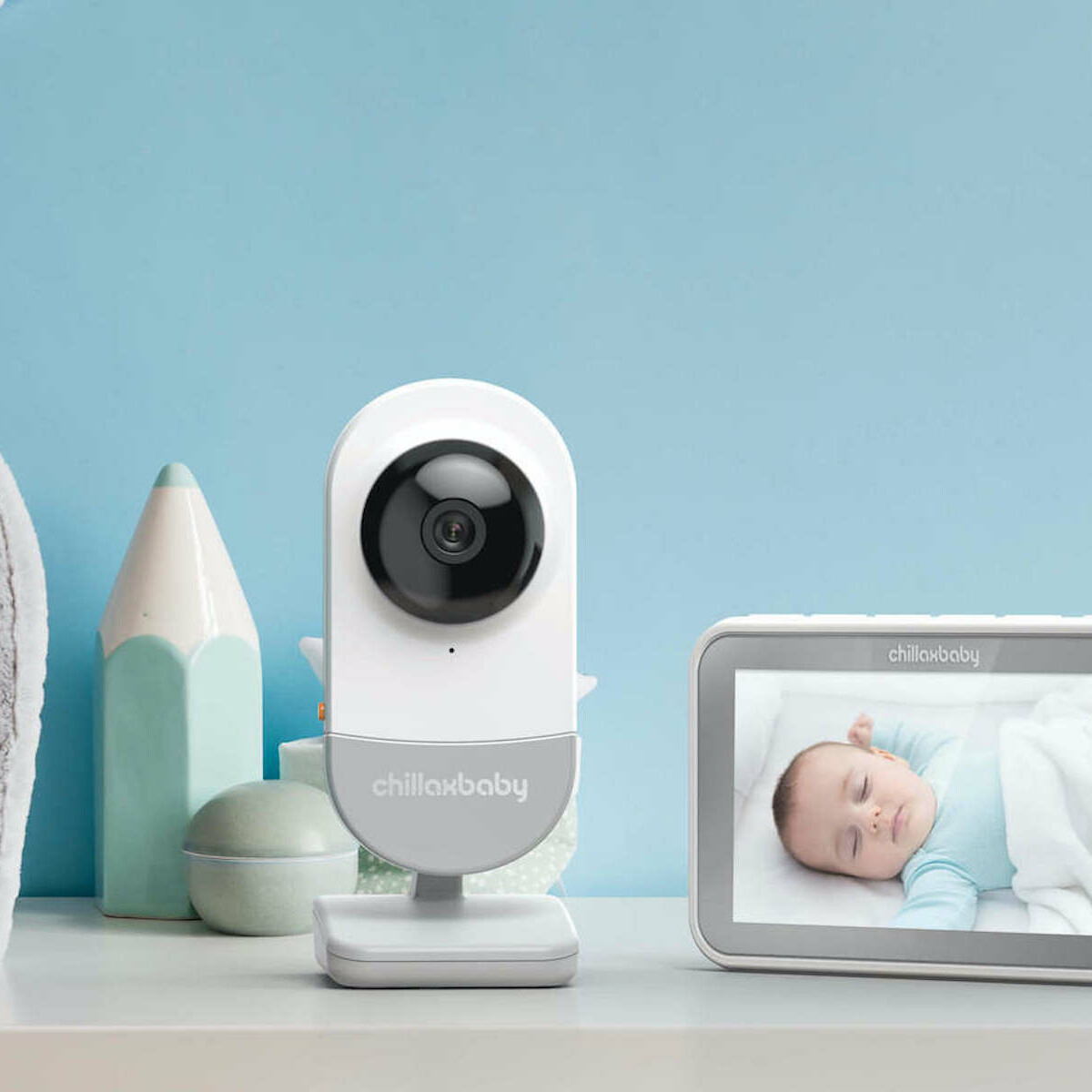
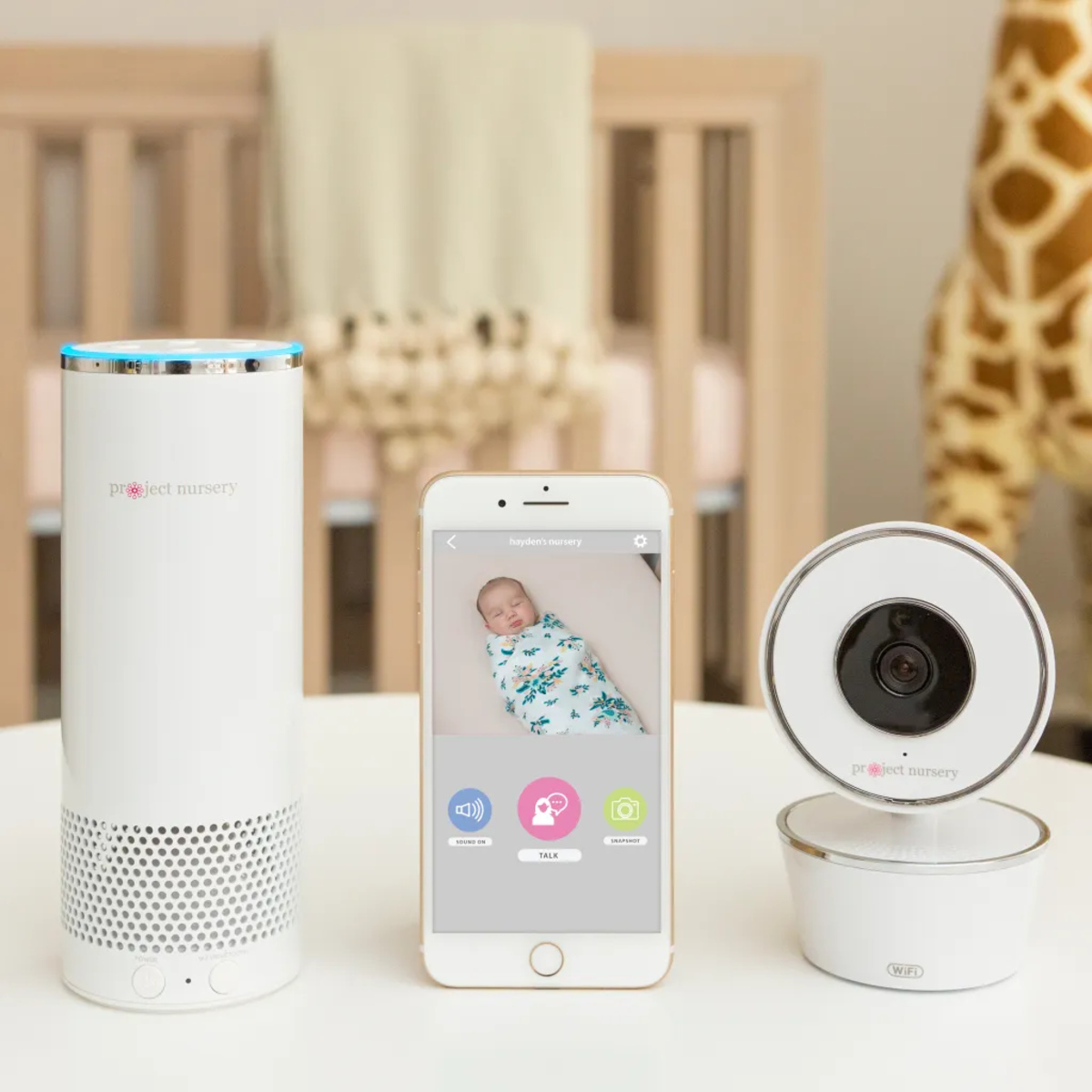

0 thoughts on “What Does A Baby Monitor Do”